Dimensions: 17 x 23 cm
With frame: 25.5 x 31 cm
A watercolor with fawn accents and a lively and free touch. “I would like to see one day my work succeed in moving the viewer as intensely as possible. Nobility of line and composition, harmony and power of light, these are my ambitions,” wrote Jean Peské in his memoirs
Jan Mirosław Peszke, said Jean Peské is a painter and engraver of Polish origin by his father. and Russian by his mother. He studied at the School of Painting in kyiv, then at the School of Fine Arts in Odessa and that of Warsaw.
Having inherited from his father in 1891, he emigrated to France the same year. He enrolled at the Académie Julian in the workshops of Jean Paul Laurens and Benjamin-Constant. He meets Sérusier, Signac, Toulouse-Lautrec who will teach him lithography, and Pissaro who introduces him to etching. Under the influence of Signac, he experimented with pointillism. He also frequented the Nabis group, between 1895 and 1900, and exhibited at the gallery "Le Parc de Boutteville" with Serusier, Bonnard and Vuillard. From 1900, he found his place among the Post-Impressionists and painted in the open air, notably in Barbizon. Peské exhibited regularly from 1895 at the Salon des Indépendants, the Salon d'Automne, and later in the largest galleries. He worked in Collioure in 1902, in Brittany, and settled from 1910 to 1915 in Bormes-les-Mimosas. In Collioure, he founded a museum, the current Museum of Modern Art. Without worrying about contemporary movements (Fauvism, Cubism Futurism), he paints landscapes, animated scenes in a personal style inspired by the luminosity of the Impressionists, the color vivacity of Fauvism and the intimacy of the Nabis. Appreciated by Mirbeau, Fénéon and Apollinaire, Peské counts among the independents of the Paris school as one of the most fiercely attached to freedom of imagination and technique. He achieved great notoriety between the 1920s and 1940s and counted wealthy collectors among his clients. He thus presented his drawings to Georges Clémenceau, one of his admirers, and the Chalcographie du Louvre bought his engravings.
Bibliography: Gérard Schurr, Pierre Cabane, Dictionary of the little masters of painting, 1820-1920,
• Lise Bicart-Sée, Life and work of Jean Peské, Memory, Paris-Sorbonne, 1978.
• Lise Bicart-Sée, Critical publication of diary of Jean Peské, 3rd Cycle Doctorate, Paris-Sorbonne, 1983.
• Collective, Jean Peské, 1870-1949, exhibition catalogue, Somogy, 2002-2003. • Michel Guillemain, Jean Peské in Bormes, exhibition catalogue, Lalan Network, 2005.
Museums : Nantes, Grenoble, Marseille, Rouen, Rennes, Sens.







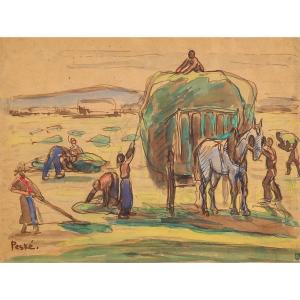





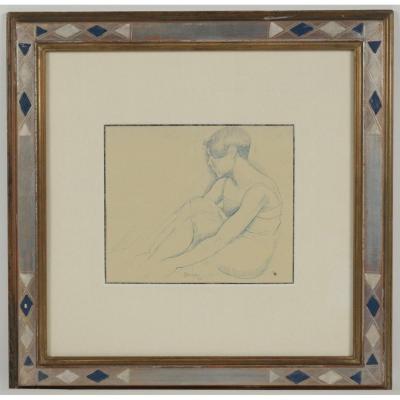
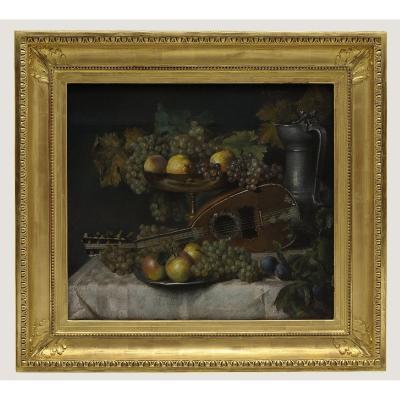
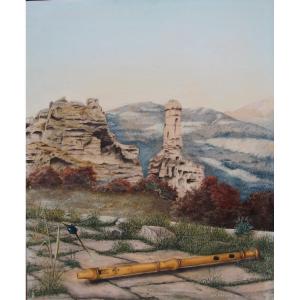


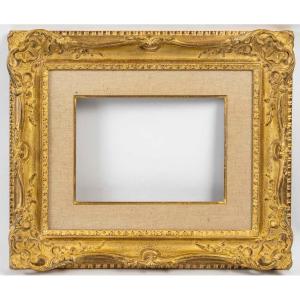

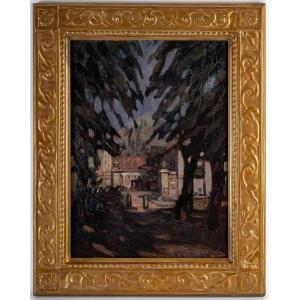
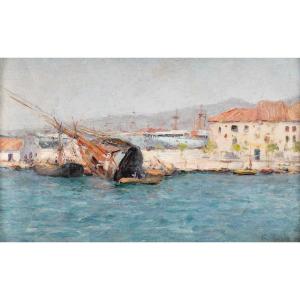
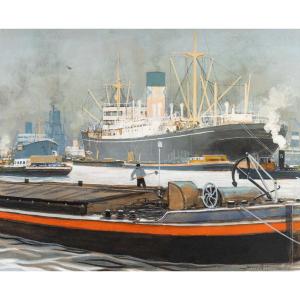
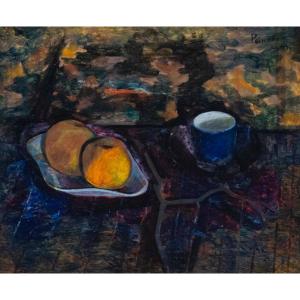



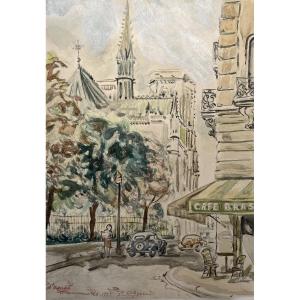
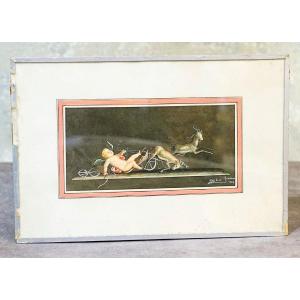

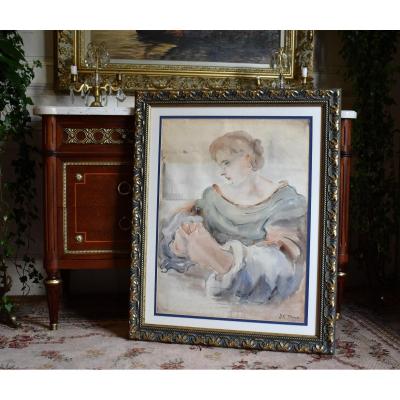
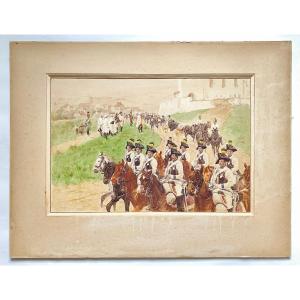



 Le Magazine de PROANTIC
Le Magazine de PROANTIC TRÉSORS Magazine
TRÉSORS Magazine Rivista Artiquariato
Rivista Artiquariato